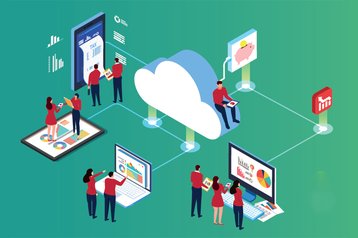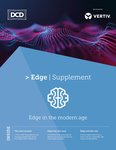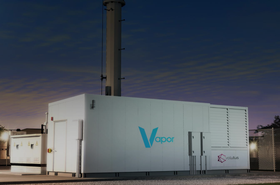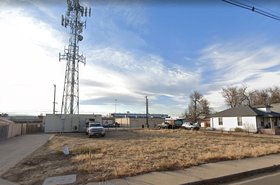The move to the Edge is a sea change that is set to impact every aspect of our lives - at least that’s how it seems when you talk to companies with a stake in it. They see an increase in consumption of on-demand services, which could be anything from video and game streaming, or financials, or AI applications, and this requires a quick response from the IT resources.
All this is being driven by applications including online gaming, streaming media, connected cars, and the Internet of things, as well as vertical markets such as autonomous shops.
This feature first appeared in the August Edge in the Modern Age supplement. Read it for free today.
Versus the core?
But it is not bringing about the death of the traditional data center by any means. Data still has to be compiled and stored, and solutions needed at the source of demand will have to be housed somewhere. There is only so much a data center in a box can do. More demanding applications and the virtues of interconnectivity mean we still require traditional data centers.
The traditional data center is where the cloud resides, and cloud computing has brought about the changes that are leading to today’s rising interest in the Edge. The cloud raised expectations that all applications will be available and responsive at all times - the Edge has evolved to deliver that expectation for more awkward applications.
A multi-billion-dollar industry, the cloud is where Edge processes are first implemented. Proposed solutions offered by Edge are designed to make good the shortcomings of this approach, and involve, in some part, a relationship with the cloud.
No matter how much IT is implemented in the back of a store, it will still rely on services running on platforms like AWS, Microsoft Azure, or Google Cloud. So the arrival of the Edge will happen while enterprises continue to migrate workloads away from their servers for better processing and applications with AI offerings on the cloud.
Cloud migration has its limitations, and Edge computing differs from traditional on-premises IT in that it focuses on the applications which need local processing and handles only that data. When data is ready for longer term storage or analysis it can be extracted from its origin and sent to the cloud. Edge, in many ways, improves the cloud.
Despite the changes and improvements to our lives, many in the industry say this is nothing new, and players with large data centers are keen to argue that their facilities will continue to be - in every sense - central.
Just another shift
Chris Sharp at Digital Realty regards the adoption of edge technologies is just one more paradigm shift in an industry that has already experienced several: “You can learn a lot from the different paradigm shifts that have happened in the industry and today.
“First it was about mainframes in the 1960s,” said Sharp, adding that this was followed by PCs which distributed computing, albeit with some centralized control. “In the 2000s cloud computing began where you have a single cloud, very centralized, and now it’s shifting out towards the Edge.
“What we’re seeing is ultimately multi-application – multi-user device problems that need to be solved. We see a lot of use cases (for Edge) but they have to be connected to the core. We have seen and heard from our major customers; the cloud needs to extend out to the Edge. We have been aligning not only to their workload that exists today (with core data centers) but also supporting edge data center deployments.”
Unsurprisingly, Sharp argues that there’s plenty of room for centralized facilities in a world with a lot of Edge: “Aa lot of our traditional bellwether types of facilities are being leveraged.”
Brendan Rawle, director of interconnection at colocation leader Equinix, makes a similar pitch for the traditional data center, as an orthodox “home” for storing information, and a place to provide interconnection and a location for the cloud.
During DCD’s virtual conference Building the Edge, he acknowledged the Edge movement, saying: “We're going to see more services pushing out closer to users." But he raised questions: How fast will the Edge roll out and establish itself? How deep will it go?
Rawle believes that centralized facilities are actually part of the Edge: “We operate at the moment on one of the “Edges”, if you like, you could probably call it the macro Edge. And the reason we believe this is an Edge is that the typical Equinix data center or large campus is a sort of on-ramp and off-ramp for private networks to get in and out of public clouds."
Data centers, unlike other industrial facilities, are better the more crowded they are - which gives centralized data centers an inbuilt advantage for all but the most latency-sensitive applications.
Rawle says large campuses of interconnected data centers provide something which an Edge infrastructure won't be able to accommodate, which is an ecosystem of data traffic highways: “We believe strongly in the campus model."
He added: "If you look at some of the major facilities, we have groups of data centers, we believe very strongly in an ecosystem… cloud, IT, financial services, media organizations, all within very easy access of each other.”
In densely populated areas, these facilities are in fact near enough to the sources of data to function as Edge: “If you look at Europe at the moment, a lot of the data center campuses are pretty close to a lot of consumers already - Europe isn't anywhere near the size of the Americas.
“So, in many ways, we're seeing that whilst the edge is something that's going to come, we're also seeing that there has been a real boost to the campus model.”




